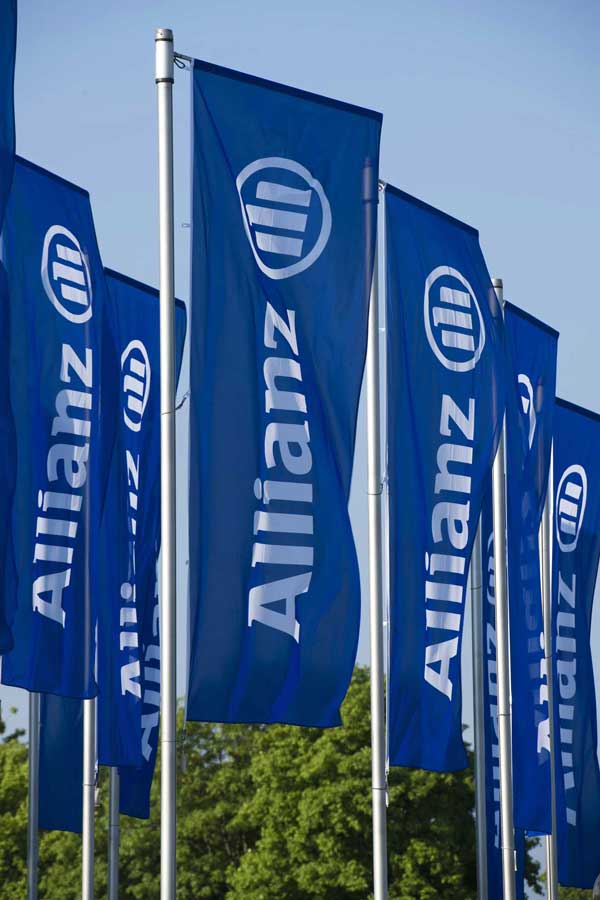How Businesses in Water-Scarce Areas Can Save Water
Table of Contents

Protect the source of water
This applies not just to the primary source (local reservoirs, wells, etc), but also water as it reaches you (company pipes, faucets, and so on).
So, this means if you have your own water supply, like a reservoir, maintain it and ensure it is intact. For the next steps of the water journey, such as taps and pipes, it’s worthwhile carrying out an audit to ensure that no waste is taking place throughout your company’s premises.
A professional water audit has an initial cost, but as utility bills are diminished from reduced water waste, it pays for itself.
Examine water re-use
Water re-use is rising in popularity, and it’s easy to see why. It’s a relatively easy way to save water without sacrifice.
Water has a hierarchy. In simple terms, drinking water is the cleanest, water for washing people is next, followed by water for surfaces, and then water for disposing of waste. Once you become familiar with the hierarchy of water, it’s easy to see how it can be reused.
So, for instance, if you have staff showers, you can re-use that shower water for toilets (after some installation, of course).
For more relatively easy water saving ideas, we have a blog on Water Saving Technologies for Small Businesses.
Investigate how you dispose of water
Take a look at how you dispose of water your company uses. Can it be re-used? Is it treated correctly? The nature of your business will impact how you dispose of water. Sadly, for instance, the agricultural sector is a leading user of water, andone of the leaders in disposing of polluted water.
Polluted water is both damaging to the environment, and, in many cases, one of the causes of water waste.
Depending on what business you run, it might be worth having a consultation on how you treat and dispose of water.
Collaborate with suppliers and partners
Water security impacts every person and business. In many regions, there’s a clear financial cost to water inefficiency. So, talk to your suppliers and partners about how they use water. Share tips and information: Your business partners and suppliers might have valuable insights.
If possible, work together to collectively reduce your water footprint.
Look at local water-saving techniques
Water-saving can vary from region to region, as resources and needs differ. So, if you’re in a water-scarce area, examine local water-saving initiatives that are both traditional and modern.
For instance, in North Africa and the Middle East, the old methods of qanats are still in effect. As reported in Nature Middle East, “The qanat system consists of a network of gently sloping underground channels that use gravity to bring water from aquifers to the Earth’s surface, often over many kilometers”. Maintenance of these sometimes-3,000-year-old qanats depends on local investment, from businesses, charities and governments.
To use another example, fog collection is in practice in Chile, Morocco and Canada. Like qanats, it dates back millennia, but unlike qanats, modern variations exist, such as air wells, which can be relatively easily built.
On the more high-tech side, places like Dubai have harnessed and repurposed seawater through desalination. This technology removes salt and minerals from seawater, to produce water that can be used for irrigation and even human consumption. It’s effective, but expensive.
Human ingenuity has led to a wide range of innovative ways to harvest and use water. And a water-sourcing and preserving technique appropriate for your business location might already be available. Talk to local people, businesses and government organisations to see what’s available for your business.
Water Scarcity: Protect every drop
Water security and scarcity are leading issues of our time. Find out more in our Water Hub. On the subject of businesses saving water, we have a post about Risk Reduction and Management for SMEs: Water Security Edition, Top Water-Saving Technologies for Small Businesses, and The Financial Benefits of Water Conservation for SMEs.
And if you’d like to know about providing health insurance for employees, get in touch today to get a quote for International Health Insurance.
SME checklists:
Water Hub













